In a joint effort to protect the unique biodiversity of the islands, representatives from the public and private sectors, NGOs, transport cooperatives, and local governments gathered to understand the factors and solutions to reduce bird mortality on the roads of Galápagos caused by vehicles, the road connecting Puerto Ayora to the Itabaca Channel is of great importance as it passes through protected and productive areas of the island.
A study conducted in 2018 and 2019 by the Charles Darwin Foundation (CDF) and the Galápagos National Park Directorate (GNPD) revealed that during 23 days of monitoring, a high number of dead birds were recorded. The most affected species include some critical to the island's ecosystem, such as the Yellow Warbler and various species of Darwin’s finches.

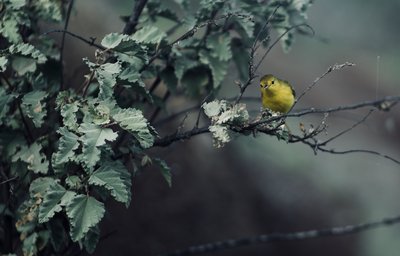
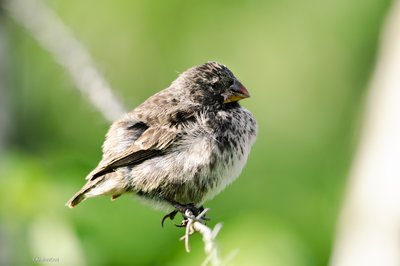
During the session, participants reviewed the mitigation measures implemented over the past 20 years, evaluating their effectiveness, exploring applied solutions, and committing to carrying them out. In working groups, they identified concrete short, medium, and long-term actions. Key proposals include strengthening awareness campaigns for road users, increasing road maintenance, especially in clearing surrounding vegetation, and implementing special regulations in areas of high ecological sensitivity.
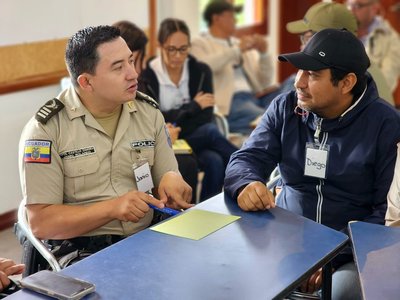
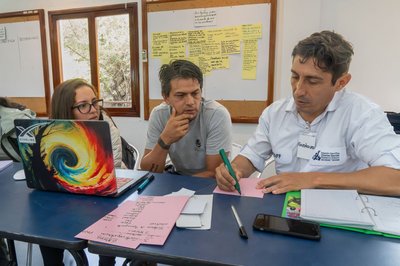
A significant milestone of the workshop was the creation of a Technical Committee, tasked with coordinating and following up on the Comprehensive Action Plan currently in progress. This committee will be crucial in ensuring that the proposed measures are effectively and sustainably implemented, while also inviting other social groups to join in the protection of bird species, as well as reptiles and mammals.
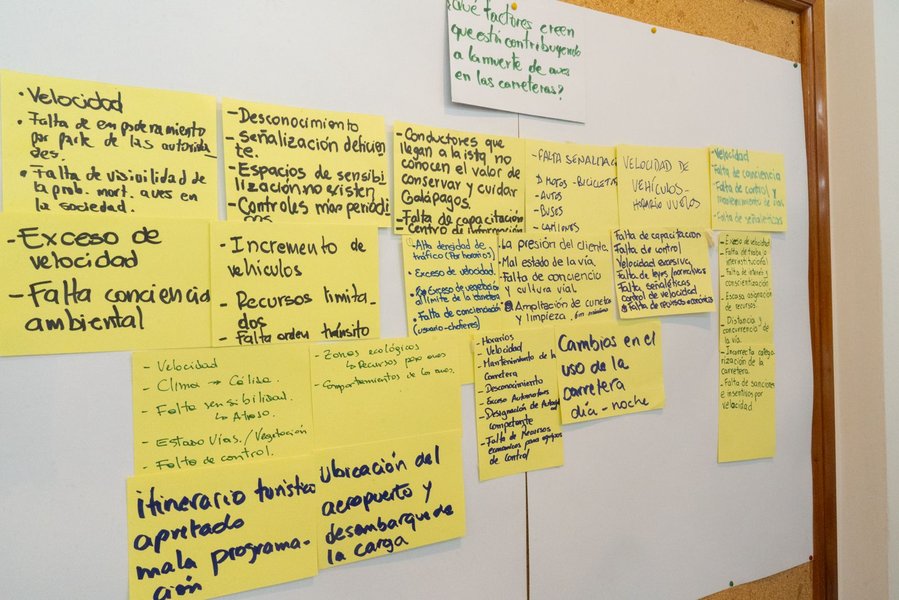
This effort, led by the GNPD and CDF, marks significant progress towards the conservation of bird species inhabiting the islands. The collaboration of multiple sectors is essential to address this challenge and protect the biodiversity that makes Galápagos a unique place in the world.
The initiative is a firm step toward preserving the fragile ecosystem of Galápagos, reminding us that conservation is a shared responsibility across all sectors of society.




